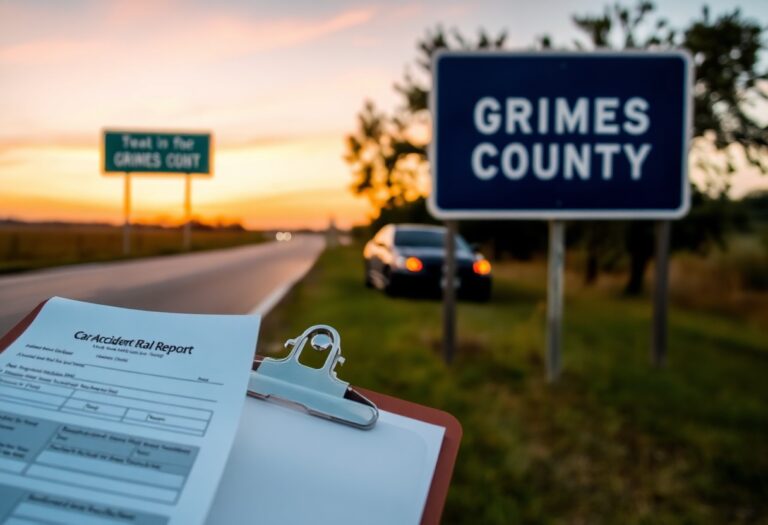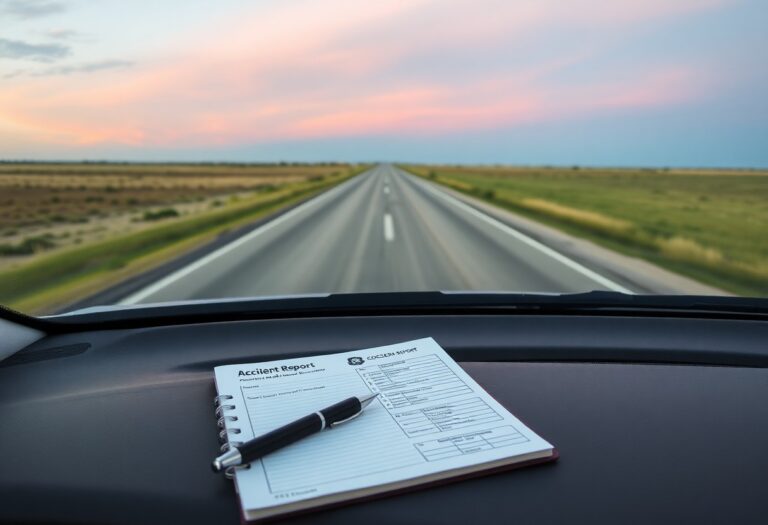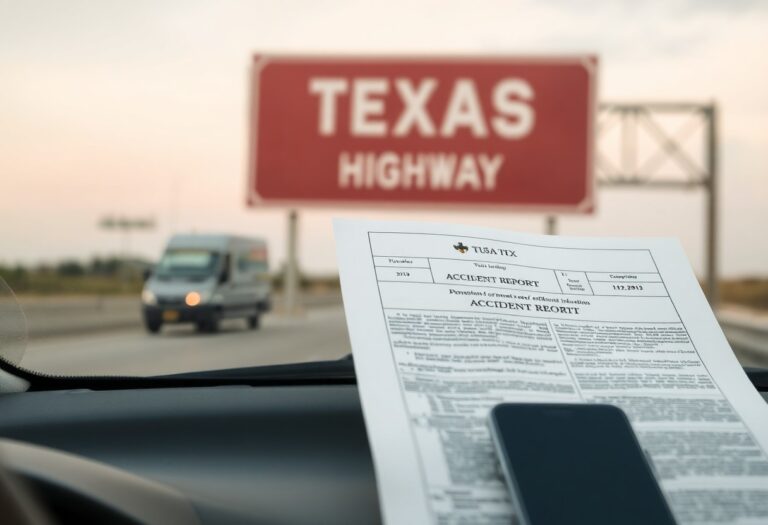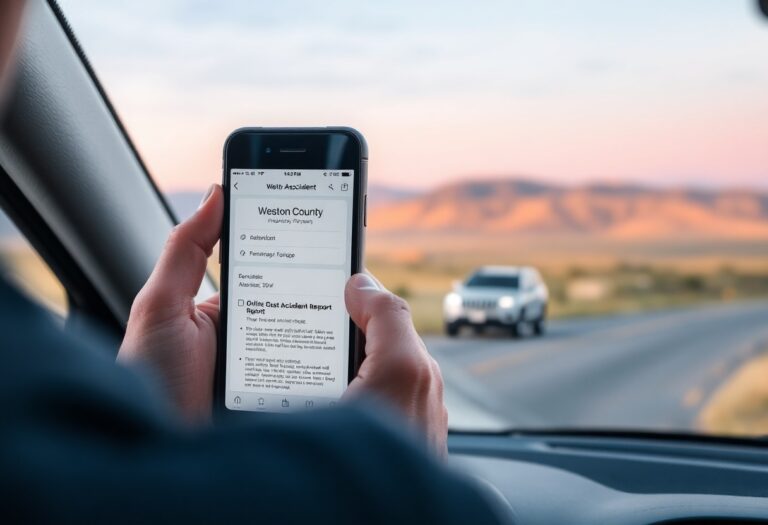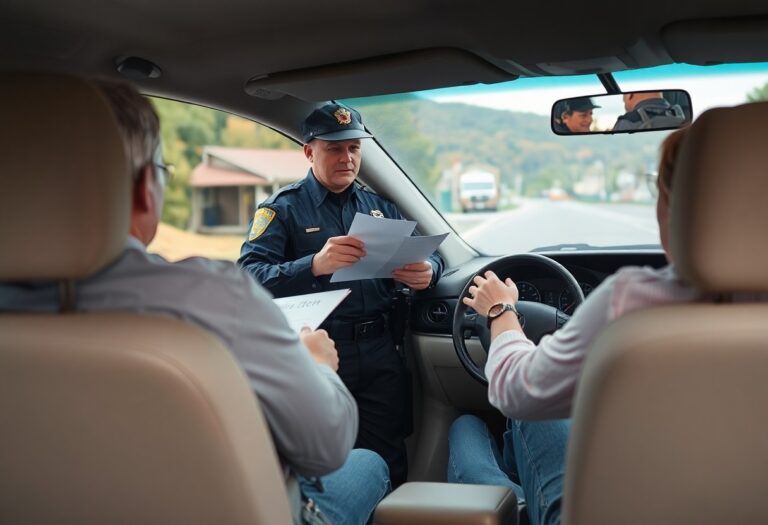Just when you think the worst is over, you may need to file a crash report after an accident in New London County, Connecticut. This guide provides you with comprehensive, step-by-step instructions to navigate the reporting process effortlessly. By understanding the necessary documents and procedures, you ensure that your rights are protected and that you receive any compensation you may be entitled to. Follow these instructions carefully, and you’ll be empowered to handle the situation with confidence.
The Legal Framework Governing Crash Reports
Understanding the legal landscape surrounding crash reports is necessary for anyone involved in an accident in New London County. The legal framework not only determines how reports are filed but also outlines the implications for liability and insurance claims. You’ll encounter various statutes that govern the collection, submission, and accessibility of crash report data, ensuring that both victims and insurance companies have a clear understanding of the events that transpired.
State Laws and Regulations Specific to Connecticut
In Connecticut, specific laws dictate the requirements for crash reporting, including the obligation to report accidents resulting in injury, property damage exceeding a certain threshold, or fatalities. These laws stipulate the timeline within which reports must be filed, typically within five days of the incident. Failure to comply may lead to penalties and complications when seeking compensation or insurance claims. You must familiarize yourself with Connecticut General Statutes Section 14-118a for more detailed guidance.
Importance of Accuracy and Documentation in Reporting
Accurate documentation during crash reporting plays a pivotal role in determining fault and facilitating insurance claims. Precise details about the incident, such as time, location, and the conditions surrounding the crash, can significantly influence the outcome of legal proceedings and insurance settlements. Inaccuracies can lead to disputes and may jeopardize your ability to receive the compensation you’re entitled to.
The meticulous collection of information during your crash report is not just about filling out bureaucratic forms; it creates a detailed narrative that can be pivotal in court. For instance, a missing detail about road conditions or the presence of traffic signals at the time of the accident can shift liability away from you. Moreover, well-documented reports can expedite the claims process with your insurance provider, as they rely heavily on the recorded facts to evaluate and settle claims efficiently. Your attention to detail ensures that you have a solid foundation should you need to advocate for yourself in negotiations or legal proceedings.
Essential Information to Collect at the Scene
After an accident, gathering crucial information helps establish facts and can aid in any future claims. Start by collecting the names, addresses, and contact numbers of the other involved parties. Note the make, model, and license plate numbers of all vehicles, as well as the location, date, and time of the incident. Take photographs of the scene, vehicle damages, and any relevant road signs or signals. Weather conditions and visibility at the time of the accident should also be documented, as these factors can impact liability. This information is vital for your insurance claims or any legal proceedings that might follow.
What Details to Note Before Leaving the Accident Site
Before departing the accident scene, ensure you have gathered all necessary details to support your account of the incident. In addition to the fundamental information about the other drivers, document the precise location with street names and nearby landmarks. If police are present, get the officer’s name and badge number for future reference. Don’t overlook important time stamps—write down when the accident occurred and when authorities arrived. This record can significantly bolster your credibility later.
Handling Witness Statements and Contact Information
Witness statements can play a pivotal role in supporting your version of events. If anyone observed the accident, politely approach them and request their account of what transpired. Make sure to collect their contact information along with their statement, whether in writing or recorded on your phone. You might even ask for their permission to take a short video if they’re willing to share their perspective. Witnesses can provide an unbiased view that enhances the reliability of your claim, so be diligent in capturing as much detail as possible.
Including witness statements with your documentation not only strengthens your case but also provides a valuable external perspective on the accident. Their observations can help clarify how the incident occurred and whether any factors contributed, such as road conditions or driver behaviors. Always seek to obtain their contact information, including phone numbers and emails, should you need to reach them later. If their statements conflict with other accounts, having their contact details allows you to follow up and sort out discrepancies that could affect your claims process.
Step-by-Step Submission Process for Crash Reports
Submitting your crash report involves a clear, methodical approach, ensuring that all pertinent information is accurately conveyed. Below is a streamlined table that outlines the submission process step-by-step.
| Step | Description |
|---|---|
| 1 | Gather all necessary documents including driver’s license, registration, and insurance information. |
| 2 | Determine your submission method: online platform or physical submission at your local police department. |
| 3 | Fill out the crash report accurately, ensuring every detail is correct. |
| 4 | Submit the report according to your chosen method, and retain a copy for your records. |
Online vs. Physical Submission: Choosing Your Method
Your choice between online and physical submission can affect how quickly your report is processed. Online submissions through the Connecticut DMV website offer speed and convenience, allowing you to fill out and submit your information from home. Conversely, physical submission may feel more personal, ensuring that any immediate questions can be addressed in real-time. Analyze your situation and select the method that best fits your preferences and needs.
Completing the Report: Sections You Can’t Afford to Skip
Carefully completing every section of the crash report is vital for a complete and effective submission. Missing critical information such as your details, the other party’s information, accident location, and insurance coverage can lead to delays or complications in the processing of your report. Additionally, accurate documentation of damages and injuries is important for potential claims and legal considerations.
Avoid leaving any sections blank, particularly those asking for your personal and the other party’s insurance information, as this can significantly hinder the resolution of claims or disputes. For example, you must accurately describe the accident’s circumstances and the extent of damages to your vehicle, even if they seem minor. A comprehensive report not only serves as a foundation for insurance claims but can also help protect you legally in case of further disputes. Your attention to detail will prove beneficial as you navigate the aftermath of the incident.
Handling Follow-Up and Potential Disputes
Following the submission of your crash report, you may find yourself navigating follow-up actions and potential disputes. Open communication channels with involved parties such as insurance companies and legal representatives are crucial for addressing concerns or clarifying details in your report. Keep comprehensive records of all interactions and document any changes that arise during the dispute process.
How to Communicate with Insurance and Legal Entities
Engaging with insurance and legal representatives requires clarity and professionalism. Share detailed accounts of your crash report, along with supporting documents such as photographs or witness statements. Anticipate questions they may ask and respond promptly to maintain a positive rapport. If discrepancies arise, utilize your documented conversations as a basis for your claims.
Resolving Errors or Controversies in Your Report
When errors or discrepancies in your crash report emerge, addressing them swiftly is vital. You should contact the relevant authorities to request corrections and provide any evidence to support your claims. Thoroughly documenting all communications will help clarify your position and may expedite the resolution process.
Expanding on resolving errors in your report involves understanding the specific channels available for correction. For instance, if you notice a factual inaccuracy, contact the police department that filed the report, presenting any corroborating evidence like witness statements or photographic proof. Staying proactive and organized throughout this process will not only contribute towards an accurate final report but can also help strengthen your case if disputes escalate into legal matters.
Local Resources and Contacts for Assistance
After a crash, you may need immediate access to local resources and contacts to navigate the aftermath effectively. Various organizations and agencies are available to help, from law enforcement agencies that can provide reports and support to legal aid offices that offer guidance on your rights and options. Additionally, local community centers can often direct you to specific resources tailored to your needs, ensuring you understand your next steps in New London County.
Who to Call: Law Enforcement and Legal Aid Options
For law enforcement assistance, you should contact the New London Police Department or the Connecticut State Police immediately after an accident. If legal representation is required, organizations such as the Connecticut Legal Services can provide resources and referrals for low-income individuals facing legal issues related to car accidents. These resources ensure you have the support necessary to address both legal and safety concerns promptly.
Useful Online Platforms and Tools for Report Filing
Filing your crash report can be simplified with various online platforms and tools designed to streamline the process. Websites such as the Connecticut Department of Motor Vehicles offer online forms and guidance for accident report submissions, allowing you to complete necessary paperwork from the comfort of your home. Additionally, mobile apps developed for accident reporting can help you document incidents efficiently while on the road, providing a digital record for your convenience.
Using these online tools, like the DMV’s e-filing system, can expedite your report submission, often reducing wait times associated with in-person filing. Furthermore, many platforms allow you to track the status of your report, ensuring you remain informed throughout the process. Be sure to explore options like dedicated accident reporting apps that help you capture photos, gather witness information, and preserve critical evidence right after the incident.
Conclusion
Conclusively, understanding the step-by-step crash report instructions for New London County, Connecticut, is vital for you in navigating the aftermath of an incident. By following the outlined procedures, you can ensure that all necessary information is documented and submitted accurately. This will not only help you in processing any claims but also facilitate communication with law enforcement and insurance providers. Staying informed empowers you to handle the situation effectively and ensures that your rights are protected throughout the process.








